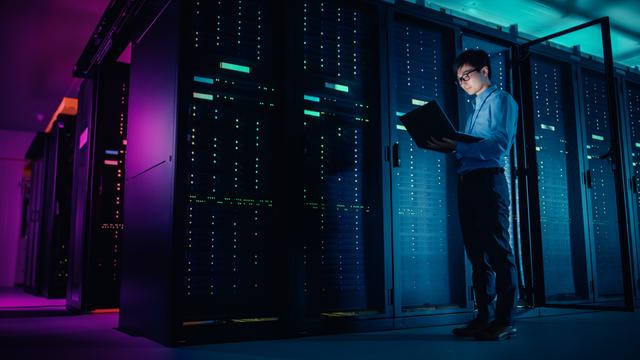
- Home
- Products & Services
- Amdocs Helix Service Assurance Suite
Amdocs Helix Service Assurance Suite
Amdocs Helix Service Assurance Suite
Predict, identify and quickly resolve service-impacting problems and network outages in dynamic 5G and cloud-era networks.
Amdocs Helix Service Assurance Suite
Predict, identify and quickly resolve service-impacting problems and network outages in dynamic 5G and cloud-era networks.
Assure customer expectations & gain a competitive edge in complex cloud networks
Deploying cloud-native networks across the edge and core exponentially increases complexity. Yet at the same time, to effectively monetize your network, it’s crucial to deliver highly performant and reliable services.
Amdocs Helix Service Assurance Suite is an intelligent, integrated solution for fault, performance and service quality management, whose customer-centric focus and advanced automation empowers your organization to exceed expectations and gain a competitive edge.

Benefits
-
Multi-faceted integrated suite, managing all aspects of service quality
Monitor service & customer experience in correlation with supporting network resources for predictive prevention of service degradations and rapid issue resolution.
-
Faster problem resolution
Detects, isolates and diagnoses services problems and network faults. Automates discovery of network & service topology and resolves issues with prescriptive resolution, reducing MTTR and minimizing service disruptions.
-
Improved customer experience
Ensures service quality and SLA commitments by monitoring real-time performance and addressing issues through proactive detection and resolution of poor services and network performance.
-
Analytics-driven operational efficiency
Addresses the daily, ongoing management and assurance needs of services delivered to customers, while quickly identifying, resolving and preventing network disruptions.












